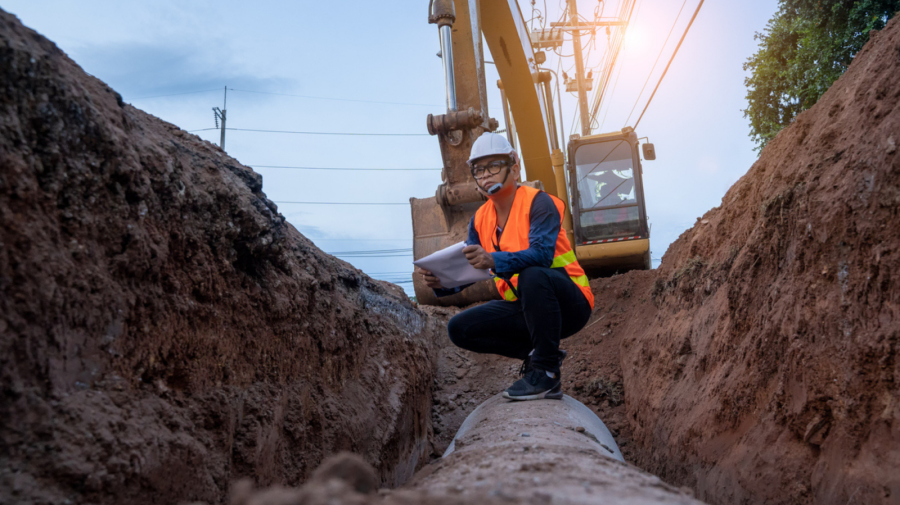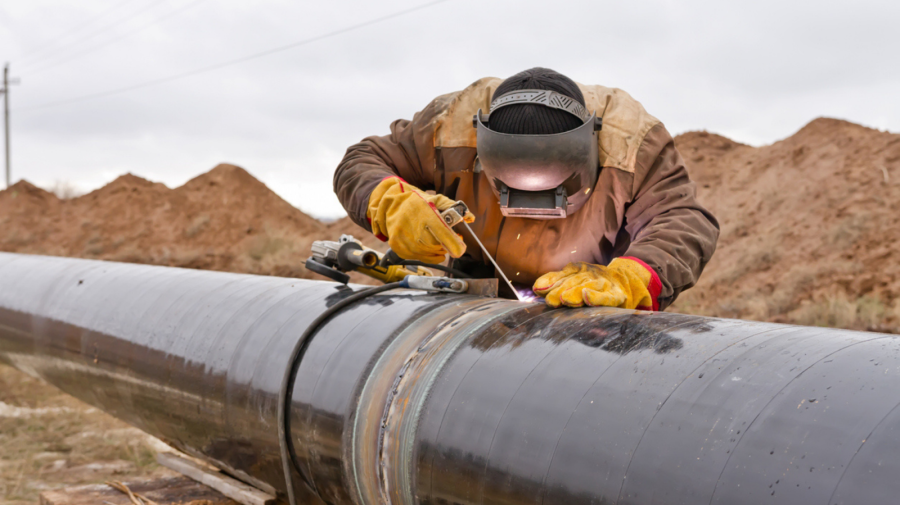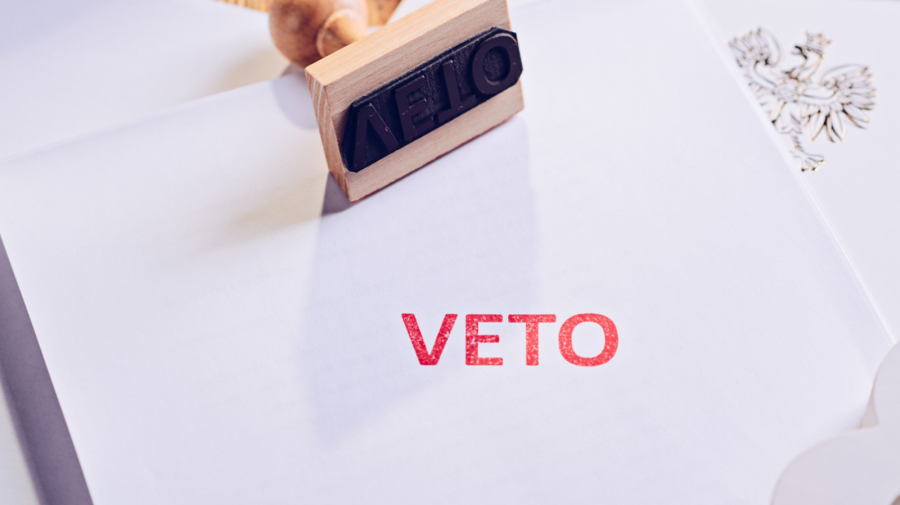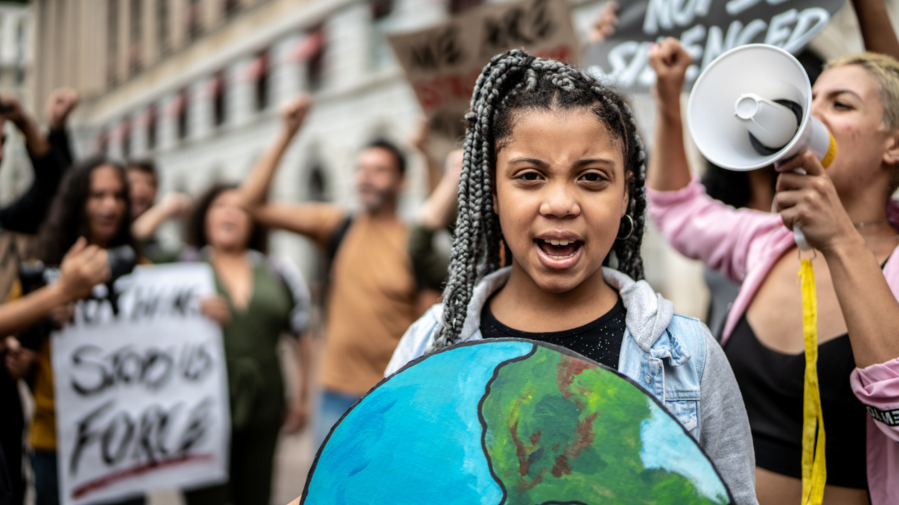Why Is the Keystone XL Pipeline Still So Disputed?

The Keystone XL Pipeline has been a mainstay in international news for the greater part of a decade. Many pundits in political and economic arenas touted the massive project as a much-needed economic stimulus to the country. Conversely, opponents of the project cited environmental concerns and land ownership rights as reasons not to move forward.
For now, further developments on the project are at an impasse, but there is still a legal battle due to the fallout of back-and-forth agreements over the project by three United States Presidents. With all of this information in mind, it’s easy to understand why the Keystone XL pipeline is such a controversial issue.
What Is the Keystone XL Pipeline?

The Keystone XL pipeline is a hotly contested multi-national construction project. If built, the underground pipeline would stretch across over 1,000 miles of Canada and the United States, carrying oil from the remote oil fields of Alberta, Canada, to existing pipelines that reach down to the Gulf of Mexico.
There is already a Keystone pipeline, and the Keystone XL is set to be an additional larger pipeline that runs parallel to the existing one in some places. Proponents of the Keystone XL pipeline say that it will bring an economic boost; as proposed, the effect of getting more North American oil to the more well-established refineries in the Gulf of Mexico would mean that surrounding nations would need to import less oil from the Middle East. Many predict that this change would lead to cheaper oil and gas costs for the average consumer in North America.
History of the Keystone XL Pipeline

The Keystone XL pipeline was an issue of importance for three American Presidents, however, it is ultimately a commercial project. The project leader is a Canadian energy firm called TransCanada Energy, and there are a handful of American oil firms that also agreed to pay for portions of the pipeline’s construction. Although no government funding was necessary, the pipeline has been a hotly contested political issue for America and Canada because it takes government approval for a multi-national construction project.
In 2010, Canadian energy officials gave consent for the Canadian portion of the pipeline, but approval from American officials has been more of an uncertain process. In 2015, President Barack Obama vetoed the bill that would allow for the construction of the Keystone XL pipeline on American soil. President Obama cited the strong stance taken by the Environmental Protection Agency (EPA) in his veto. The EPA claimed there were errors in the math that predicted the pipeline’s economic impact and that the pipeline would irrevocably reverse progress towards goals for national reductions in greenhouse gas emissions.
In 2017, TransCanada resubmitted the construction proposal to President Donald Trump’s administration, and he approved it. However, that decision was short-lived; in 2021, President Joe Biden revoked the permit.
After a decade of on-again, off-again status with no construction taking place, TransCanada Energy officially ended the project in 2021. Though construction will not move forward, the legal battle over the Keystone XL pipeline still rages on. In July 2021, TransCanada Energy announced plans to seek $15 billion in damages against the United States. The company filed a claim with NAFTA in November 2021. TransCanada Energy formally announced that it will cease all public comments on the matter until NAFTA rules on the claim.
Why Is the Keystone XL Pipeline Controversial?

The Keystone XL pipeline is controversial because it involves profits for several large businesses, pollution, Native American rights, gas prices, and plenty of politics for two different countries.
Throughout the proposed construction of the Keystone XL pipeline, rising gas prices have been an issue of concern for all of North America. Proponents claimed the pipeline would decrease the cost of gas. With processing, tar sands in Alberta, Canada, could become crude oil, but it would only be profitable if there were a pipeline to cost-effectively move that oil from Canada to a bigger market in the Gulf of Mexico. If there were more oil from North America available to North American consumers, the continent would be less vulnerable to fluctuations in Middle Eastern sourced oil prices, the argument went. Opponents claimed the oil would become exports rather than sold to American buyers.
According to supporters, jobs created by the pipeline’s construction would bring economic stimulus to Canada and America. Some say the construction of the pipeline would create nearly 30,000 jobs while a study by Cornell University suggested it would only require less than 10,000 employees. Since the project would need employees with specialized training, there was concern that it would leave some American firms without employees.
The sum economic impact of the pipeline also caused controversy. Rather than lowering gas prices, there were claims that it could raise them, at least for the Midwest. Canadian crude oil is already a major supplier of gas for Midwestern America. The Keystone XL pipeline would allow more Canadian oil to reach international buyers in the Gulf of Mexico, decreasing the supply for the Midwest and likely increasing the cost.
Many against the pipeline cited environmental concerns. Oil from tar sands has different properties, making it more likely to leak out of pipelines, and TransCanada’s existing American pipeline already has leaks. The process of mining tar sands and producing oil from it causes deforestation, water pollution, toxic waste, and more greenhouse gases than other types of fossil fuel production.
The pipeline’s proposed path and the mining operations that would supply it was set to disturb lands for First Nations and Native American tribes in Canada and America. In some areas, the pipeline would disrupt the quiet enjoyment of the land that tribes owned through centuries-old treaties.
The Keystone XL pipeline caused debates in the social, environmental, economic, and political arenas. Each side stood at the ready to produce a counterargument for every point of contention. Currently, the pipeline’s construction seems to be a thing of the past. The combination of TransCanada’s tenacity, a pending NAFTA ruling, and gas prices making headlines again brings into question whether it will remain that way.





